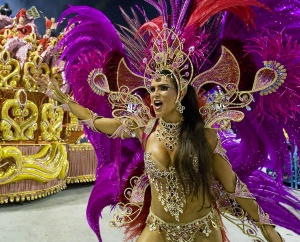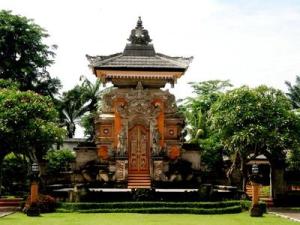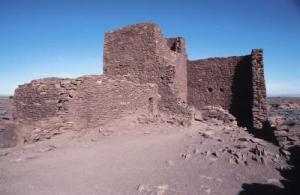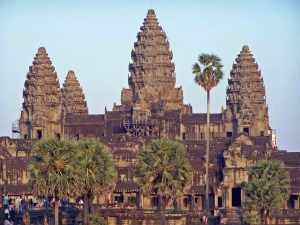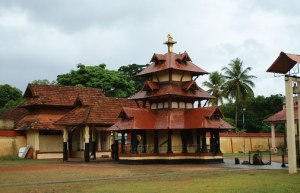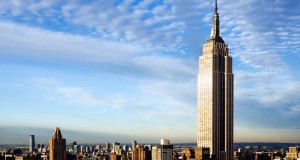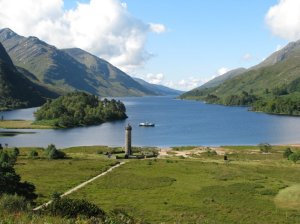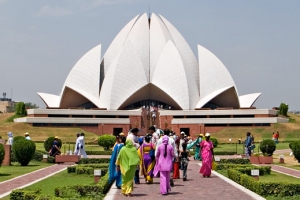The Brazilians’ favourite carnival is in Salvador, Bahia where you can still dance the night away for free. There are two huge parade routes in the city and each run for six days and six nights (that’s two more than in Rio) with amazing trio electricos – enormous mobile stages that get pulled through the crowds by huge trucks.
Rio de Janeiro
One of the world’s largest parties, hottest Brazilian Carnival – in all its colourful, hedonistic bacchanalia – is virtually synonymous with Rio. Held over five days of revelry during Easter, from the Friday to the Tuesday preceding Ash Wednesday, residents of Rio begin the partying months in advance. Parades featuring elaborate floats flanked by thousands of pounding drummers and twirling dancers, is the culmination of the festivities – though the real action, Cariocas profess, is at the wild parties about town.
Visitors are welcome to join the mayhem. There are free live concerts happening all over the city, while those seeking a bit of decadence can head to the various balls about town. Whatever you do, prepare yourself for sleepless nights, an ample dose of caipirinhas (the unofficial Brazilian national drink: cachaça with crushed lime, sugar and ice), samba and joyful crowds.
Copacabana beach, Rio de Janeiro
The best way to see in the New Year is to join the Reveillion party on Rio’s mighty Copacabana beach, where the spiritual and the secular come together for one amazing night. Two million people pack the sands to welcome in the New Year. From about 8pm, top bands perform on stages strung out along the 4km-long beach, pumping out a variety of Brazilian and international music. At midnight, a spectacular fireworks display lights up the night sky while the hardiest of revellers keep things going til sunrise.
Salvador
Carnaval in Salvador happens on the streets in late February to early March, where music and spontaneity rule and trios elétricos (electrically amplified bands playing atop speaker-laden trucks) work two million revellers into a frenzy. For an entire week they dance, drink and kiss until they drop, get up the next day and start again. Each year the city designates a theme for Carnaval, and decorates the city accordingly.
São Luís, Maranhão
Bumba Meu Boi is a wild, folkloric festival is derived from African, Indian and Portuguese influences that mingled in colonial times. The event, held from late July until mid-August, revolves around the story of the ox’s death and resurrection. Accompanied by much heckling, a stream of street performers, many dressed as oxen or mythological creatures, tell the tale through song, dance, theatre and capoeira (Afro-Brazillian art form).
Olinda
Everyone dons a costume for the 11 days and nights of Olinda’s Carnaval, held over Easter. Balls, nights of samba, Afro-Brazillian rhythms and plenty of street-style merriment characterize the festas (party). Everything else happens in impromptu fashion on the streets. The official opening commences with a parade of 400 ‘virgins’ (men in drag) and awards for the most beautiful, most risqué and the biggest prude.
Porto Seguro
Porto Seguro throws an impressive Carnaval and hedonistic bash, complete with plenty of dancing in the streets, round-the-clock music jams and no-holds-barred partying. It’s a little less wild than some of Brazil’s famous, but it lasts until the Saturday after Ash Wednesday. For cultural buffs, the Festa de São Benedito is celebrated in the Cidade Histórica. Children blacken their faces and perform African dances from December 25 to 27.
Paraty
Paraty loves to put on a good festival, starting with has its own odd version of Easter Carnaval. Hundreds of young revelers dance through the cobblestone streets and during Holy Week beautiful torchlit processions take place. For Corpus Christi in June, streets are covered in coloured sawdust, leaves, flowers, coffee grounds and chalk. New festivals keep springing up each year; recent additions include festivals of photography, gastronomy and seafood.
Natal
Carnatal takes to the streets with Salvador-style trios elétricos and blocos sporting names like Jerimum (Pumpkin) and Burro Elétrico (Electric Donkey). It’s the wildest out-of-season Carnaval in the country – held in the early weeks of December, it is a great substitute for anyone who can’t make it to the real deal.
